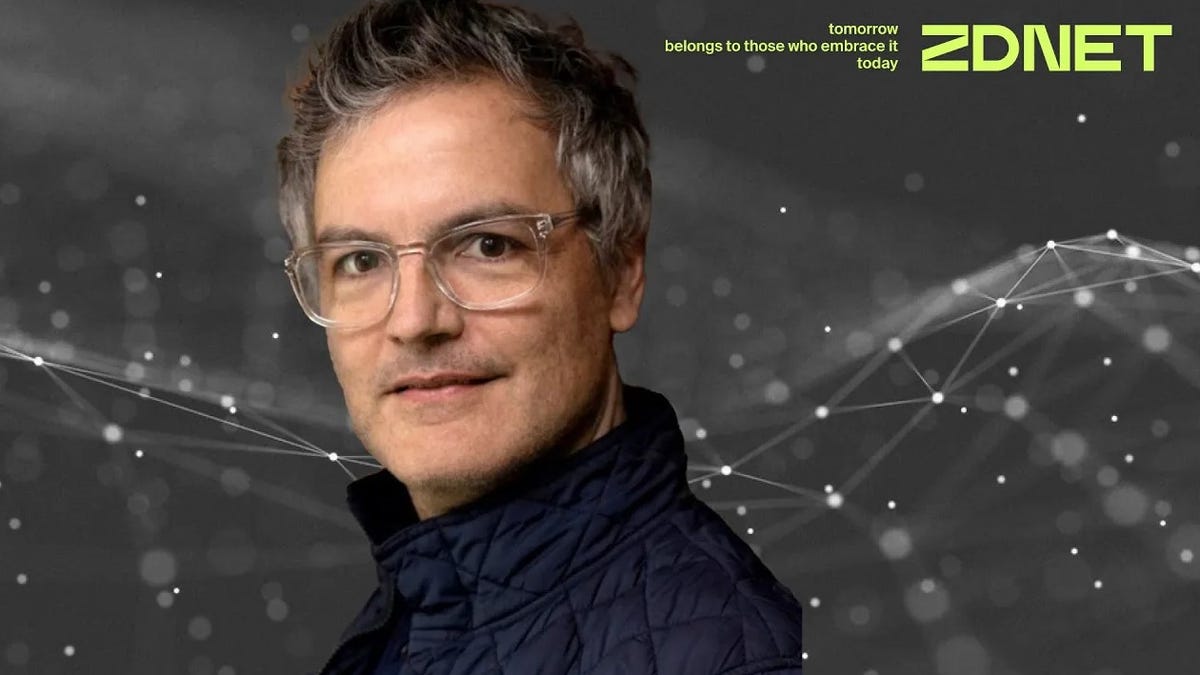
The use of artificial intelligence by movie and TV studios to generate story ideas and scripts is one reason the Writer’s Guild of America went on strike in the spring of 2023. The writers are smart to be concerned, but according to Greg Harrison, chief creative officer at MOCEAN, a creative agency that works with firms like Netflix, Paramount, and Marvel, generative AI technology presents opportunities and challenges for creative professionals.
Also: ChatGPT’s intelligence is zero, but it’s a revolution in usefulness, says AI expert
When AI tools like Midjourney and ChatGPT emerged, there was a sense of alarm at their promise to generate creative content. But as Harrison and his team explored these and many other AI tools, they concluded that AI is not ready to replace human creativity. It’s still a fledgling technology that needs guidance and mentorship, much like a junior creative team member.
“I think that it can be a source of inspiration, it can be a source of investigation,” Harrison said. “The ability to summarize material and look for themes is powerful. We found that in playing with it, we can see the beginnings of the potential for it to be a collaborator. A lot of people throw around the term ‘copilot,’ and I think that feels right. It’s got enough knowledge, and under a certain focused inquiry, it can produce inspiration for our creatives.”
Harrison envisions AI as a tool, providing a source of inspiration and investigation, particularly when handling large bodies of material and seeking themes. He emphasizes the need to demystify AI and to see it for what it is — a tool, not an emerging super-intelligent being. This viewpoint aids in managing the fear and concern surrounding AI and its implications for creative jobs.
That said, AI poses concerns, particularly regarding copyright and ethics. Generative AI is trained on large volumes of copyrighted imagery, which could lead to inadvertent infringement issues. Without a clear chain of titles or a clean and ethical training base, using such technology in a professional setting becomes challenging. Solutions like Firefly, Adobe’s generative AI tool, are a step in the right direction.
Also: The 5 biggest risks of generative AI, according to an expert
In the near future, AI will be a collaborator, a source of inspiration under the direction of a creative director. The technology’s potential as a tool for visual brainstorming, exploration, and possibly even creating final outputs is promising as long as it remains under human control. This could also lower the cost of complex visual effects or high-end 3D designs, opening new doors for creative ambitions.
However, AI’s role in the creative industry isn’t solely in generating content. It could also contribute by automating non-creative tasks, liberating time for creatives to focus on their craft.
If integrating AI into a creative workflow, Harrison advises a cautious approach. He emphasizes the importance of valuing human creativity and culture and letting that guide one’s engagement with AI. In the short term, AI tools are best used for exploration, inspiration, and visual reference. It is crucial to experiment with them and understand their current limitations while examining their future potential.
Also: Meet the post-AI developer: More creative, more business-focused
“When used correctly, it can free creatives to focus time and energy on creative tasks, which has value,” Harrison said.
The convergence of AI and creativity presents an intriguing landscape for creative industries. Whether viewed as a tool, threat, or collaborator, the future of AI in these industries is ripe with possibilities. As we navigate this landscape, the focus should remain on preserving human creativity and culture, fostering collaboration, and maximizing the opportunities AI offers.
Artificial Intelligence




















